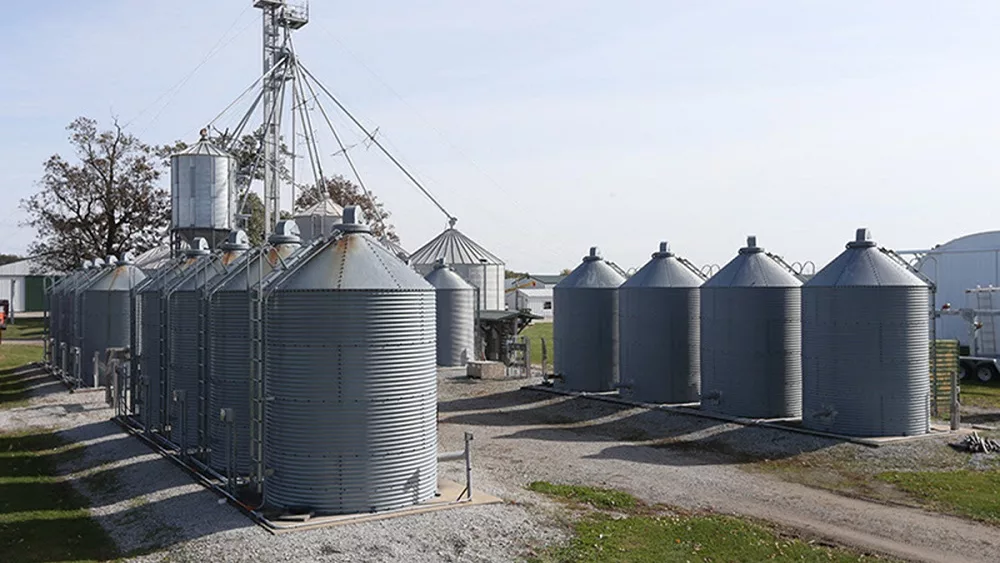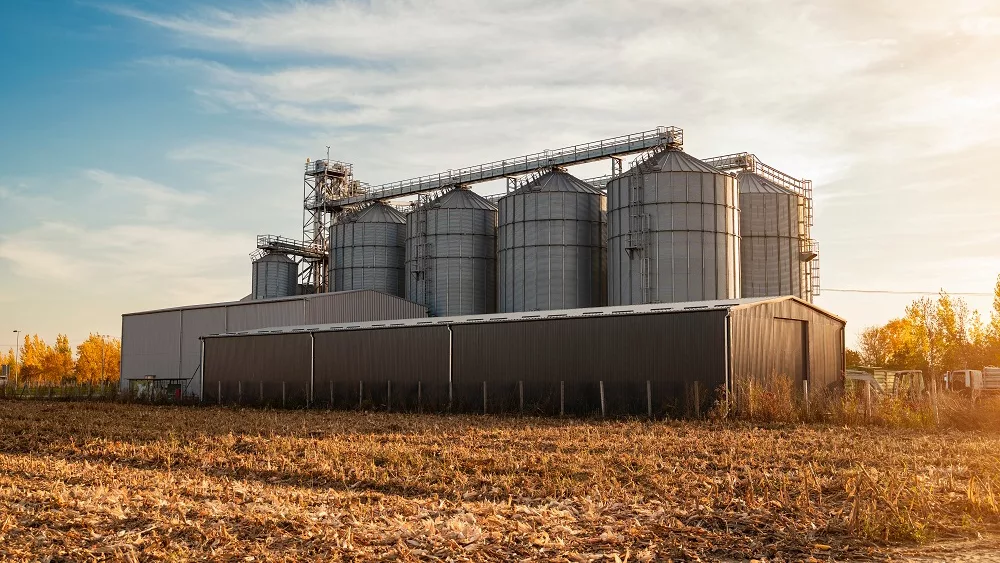Indiana Preparing for Avian Flu Outbreak

An extremely contagious and virulent strain of Avian flu is sweeping across the US infecting flocks in Missouri, Minnesota, South Dakota, Kansas, Arkansas, and several Northwestern states. H5N2 is a highly contagious virus that kills commercial poultry quickly once it gets into a barn. It can spread through an infected bird’s droppings or nasal discharges. Indiana is preparing for a possible outbreak. At their regular quarterly meeting today, the Indiana Board of Animal Health will review contingency plans in case the virus comes to the Hoosier State. State Veterinarian Dr. Bret Marsh is urging all poultry producers to be vigilant, “We have been in contact with poultry producers in the state and advised them if there is any unusual mortality they should be in touch with BOAH and the Purdue diagnostic lab to determine what is going on.”
Marsh says the most likely source of contamination is from migratory birds which regularly carry the disease. He said Indiana is in the flyway of many of these birds, “So they will be crossing Indiana as the weather warms up, and they begin to move from south to north.” BOAH officials will meet next week with DNR officials to review likely locations where these birds may be.
Marsh told HAT that immediate quarantine will be implemented in the event of an outbreak, “The BOAH would place the infected birds under quarantine and would determine what other flocks and facilities would need to be quarantined.” He added that the USDA would determine the exact number of birds that would need to be euthanized.
 But, with the popularity of backyard blocks, Marsh said identifying, locating, and isolating these birds will be difficult, “It will certainly be a challenge.” He said BOAH has tried to reach out to these residential owners of birds via various media outlets to try to inform them about the danger. Since these birds are typically not kept in buildings, they are more likely to come in contact with infected migratory birds. Several of the cases in Northwestern states have been traced to backyard chickens mingling with wild birds. Many of these locations are not part of the premise identification program, so BOAH officials are not even sure where some of these birds are located. Marsh said this will make locating infected animals a challenge.
But, with the popularity of backyard blocks, Marsh said identifying, locating, and isolating these birds will be difficult, “It will certainly be a challenge.” He said BOAH has tried to reach out to these residential owners of birds via various media outlets to try to inform them about the danger. Since these birds are typically not kept in buildings, they are more likely to come in contact with infected migratory birds. Several of the cases in Northwestern states have been traced to backyard chickens mingling with wild birds. Many of these locations are not part of the premise identification program, so BOAH officials are not even sure where some of these birds are located. Marsh said this will make locating infected animals a challenge.
Those who are involved in the 4-H poultry project or who show birds at fairs have had special training and, in most cases. are enrolled in the premise ID program, “We have identified a number of these non-commercial locations across the state, not 100% but it gives us a big step up.”
He also stressed that there is NO human health risk at this time and is no food safety issue, so chicken is safe to eat.
The virus spreads rapidly once a flock is infected and can kill nearly an entire flock within 48 hours. The first symptom farm workers notice may be a rapid spike in sudden deaths. Less severe symptoms can be similar to colds and flu in humans, or a flock turning quiet. Vaccines have been used around the world to protect flocks against various bird flu strains ahead of time, but this strain is new to the US.




